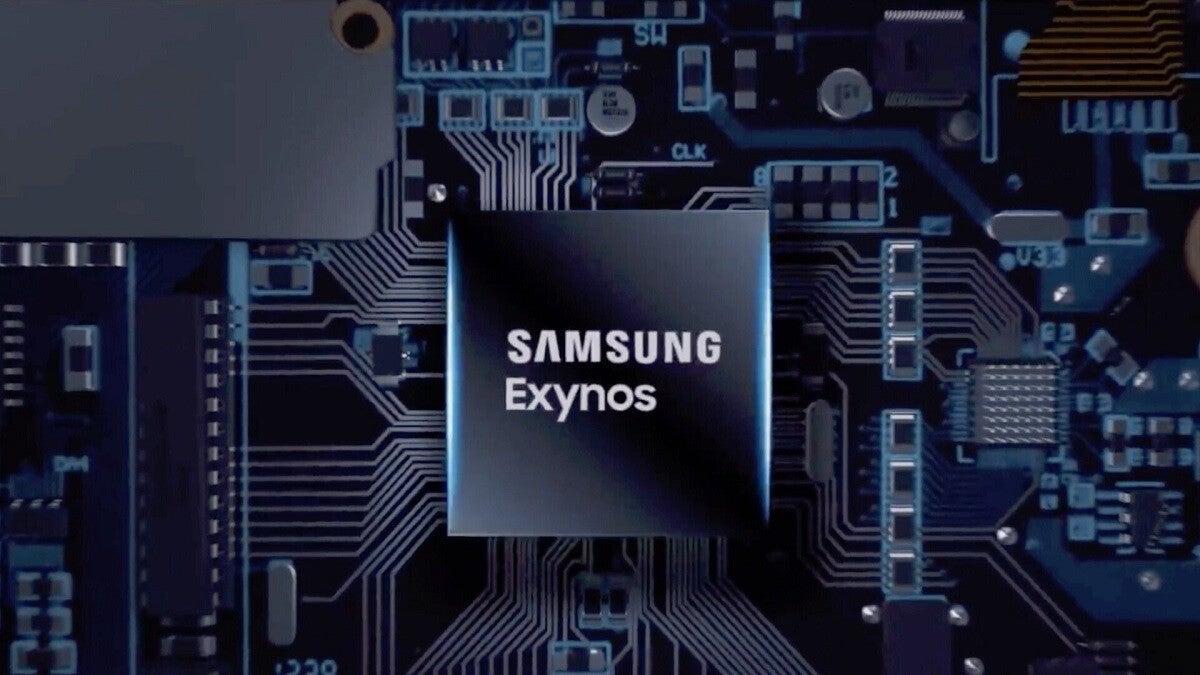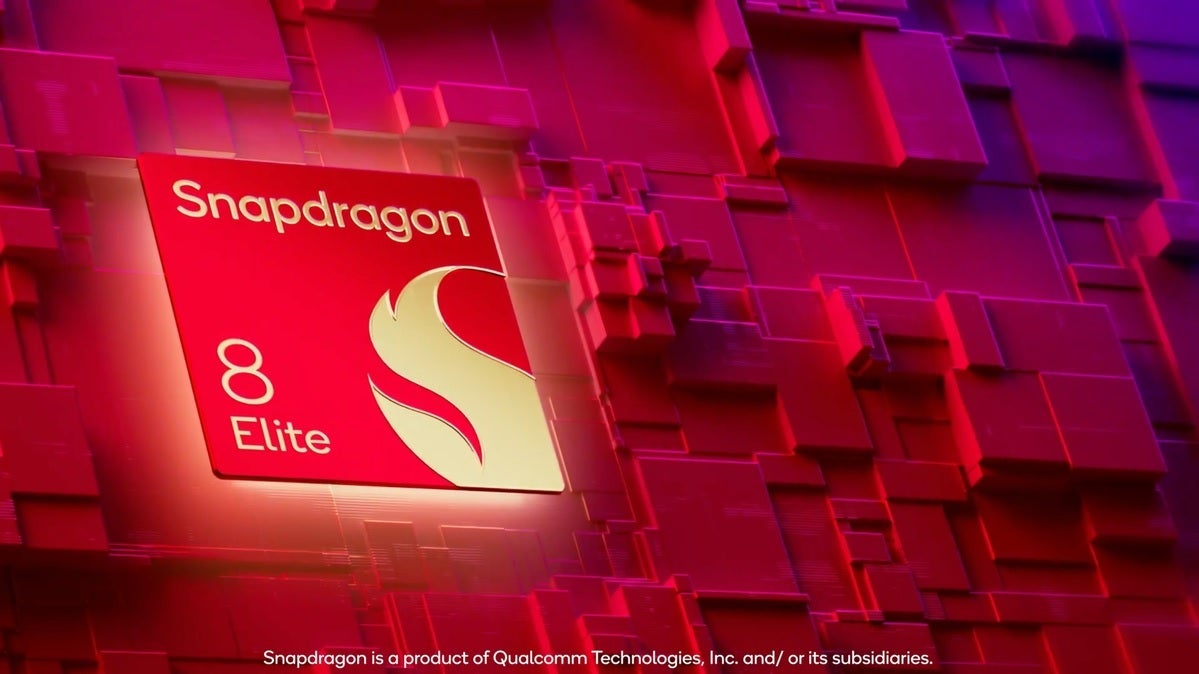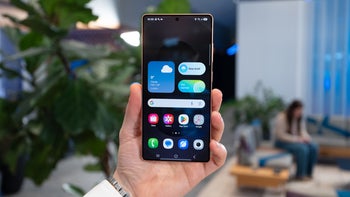Samsung faces a deadline to choose which processor will power the Galaxy S26 and Galaxy S26+
Samsung will eventually have to decide whether to use the Exynos 2600 or Snapdragon 8 Elite 2 on Galaxy S26 line.

There is a lot of pressure on Samsung to design a more than merely capable Exynos 2600 application processor (AP). After all, the company is looking to deploy a homegrown Exynos SoC inside next year's Galaxy S26 and Galaxy S26+ flagship models in the vast majority of markets. Due to yield issues at Samsung Foundry, during the last two years Samsung had to dig deep into its pockets and pay more to equip all of its flagship series phones with the latest Snapdragon chipsets instead of using its own Exynos APs.
Samsung had to pay hundreds of millions of dollars extra to have the Snapdragon 8 Elite power the Galaxy S25 line
Last month we told you that based on a previously released earnings report from Samsung, it cost the company $400 million to use the Snapdragon 8 Elite for Galaxy AP on Galaxy S25 and Galaxy S25+ models instead of Sammy's own Exynos 2500 SoC. Not wanting to pay Qualcomm more than it originally budgeted for the third straight year, Samsung has cracked down in an attempt to fix the problems at Samsung Foundry causing the low yield.

Samsung had to pay $400 million to use the Snapdragon 8 Elite AP across the entire Galaxy S25 lineup. | Image credit-Qualcomm
The reason that yield is so important is that the figure is a percentage showing how many usable dies have been created against the maximum number that can be diced from a silicon wafer. Samsung Foundry was rumored to have a 30% yield for production using the same process node earmarked for the Exynos 2500. A low yield increases the number of defective dies and decreases the number of usable ones. As a result, not only does the price for working chips rise, at a yield of 30% it was possible that Samsung would not be able to build enough chips to cover the amount it needed.
Samsung reportedly started manufacturing a prototype of the Exynos 2600 AP and the results of the chipset's first Geekbench run through was impressive with a single-core score of 2400 and a multi-core tally of 10200. The impressive part was that the multi-core score topped that of the A18 Pro. We should point out that the latter chipset, used to power the iPhone 16 Pro and iPhone 16 Pro Max, is built by TSMC using its second-generation 3nm node; the Exynos 2600 is produced using Samsung Foundry's 2nm node which uses Gate-All-Around (GAA) transistors that reduce current leaks and improve the drive current producing improved performance and energy efficiency.
Also, to make this a fair comparison, the Exynos 2600 AP's benchmark scores should be compared with those of the yet to be released A19 Pro. That chipset will be built by TSMC using its third-generation 3nm process node and will debut later this year on the iPhone 17 Pro and iPhone 17 Pro Max.
A big change to the Exynos 2600 AP's configuration is rumored
Another point to consider is that tweet from tipster @OreXda doesn't mention the efficiency of the Exynos 2600. As a result, it is a possibility that in order to achieve the high mjlti-core benchmark results, the chipset had to use an unrealistic amount of power, certainly more than the component will be fed if used to drive the Galaxy S26 line when the phones are released during Q1 next year.
An interesting change in the configuration of the Exynos 2600 AP was mentioned by @OreXda. Originally designed with 10 cores (giving it the "decacore" designation), the tipster says that the Exynos 2600 will feature two Cortex Prime "X" CPU cores along with six Cortex-A cores. That would make the Exynos 2600 an octa-core AP.
If Samsung Foundry doesn't improve its yield, Samsung would have to consider using the Snapdragon 8 Elite 2 for Galaxy to power all of the models in the flagship series with Qualcomm's flagship processor. The phones won't be released until next January or February but because of lead times, Samsung will have to decide by the end of this year whether yields are sufficient (60%-70% and higher is required) to allow Samsung Foundry to manufacture enough Exynos 2600 SoCs to power the Galaxy S26 and Galaxy S26+ units in all markets other than the U.S., China, and Canada. In those countries, the Galaxy S26 and Galaxy S26+ will be powered by the Qualcomm Snapdragon 8 Elite 2 for Galaxy AP.
The top-of-the-line Galaxy S26 Ultra will sport the Qualcomm SoC in all markets.
Follow us on Google News












Things that are NOT allowed:
To help keep our community safe and free from spam, we apply temporary limits to newly created accounts: